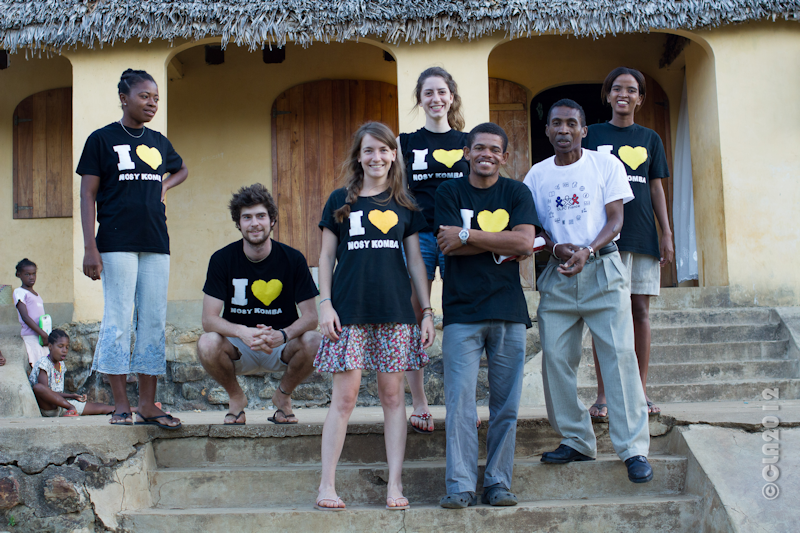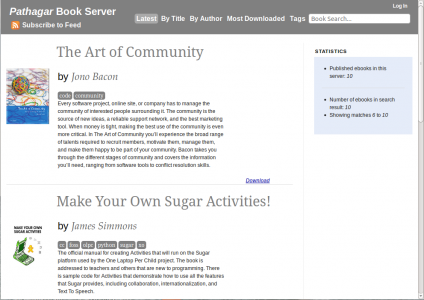Seema Singh recaps some of the history of the Aakash and related efforts for Forbes India. The Aakash got its start with a tender for 10K units from IIT Jodhpur, which was expanded to an order for 100K from the Indian government. DataWind, the company that secured the initial tender, ran a pilot which received much fanfare, but distributed only 572 tablets to 19 colleges.
There was some debate as to whether these met the initial spec; and work was refocused on an updated design, the Aakash 2.  It’s unclear whether the rest of the inital 10K tablets were distributed to the government; 30K of that model were sold online marketed as the UbiSlate. The Aakash 2 is currently being tested by DataWind and two institutions in India, with hopes for a [new] school pilot of 100K students this fall.  The first of those machines are being deployed this month.
DataWind has had trouble meeting deadlines and demand. Â They were beset by many external pressures:Â heavy pressure to keep the price down, the scrutiny of a very public launch, and requirements that much of their supply chain and manufacturing be based in India (which limited the number of possible partners and added a few single points of failure).
They have accumulated many non-binding statements of interest in v.2 of the tablet; but it’s not clear how many will convert now to sales. Â And after a half-year of heady press they have suffered a half-year of negative backlash. Â They now aim to offer the commercial version of the Aakash 2 for just under $65; and the Indian government still plans to subsidize half the cost of a model for students – at least for the 100K in this year’s pilot. Â While this is still an impressive undertaking, as it was when announced last year, the delay has hurt the national story. Â Now people like Singh are calling the project a disaster rather than a landmark success, and worrying that China will launch a similar program first.
Singh highlights a few related projects from around the country:
- The “$10 laptop” effort started in 2009 by Technical Education secretary NK Sinha (which did not produce a laptop nor contribute IP to the current project)
- The Ministry of Rural Development’s socioeconomic census, which commissioned 640K tablets in 2011 and 2012 for its door-to-door surveys (at $72, from Bharat Electronics, with no drama but their admitted inability to meet the ministry’s request of a $35 price point)
- The Tamil Nadu government’s “one laptop per student” program to deliver 1.4M laptops to college students each year for the next 5 years. (They have 6 different vendors sharing the task)
She notes that some of the Tamil Nadu vendors are finding it difficult to complete their deliveries under budget.  But neglects to note that the program was successful enough for Uttar Pradesh to copy it, recently putting out a tender for roughly 250K tablets (for students passing their 10th grade exams) and 200K laptops (for those passing their 12th grade exams), as year 1 of a multi-year program.
We will see whether DataWind manages to make good on their goal of millions of sales this year.  Kapil Sibal continues to push for all 220M students in India to have their own laptop or tablet.  And he continues to say compelling things of his vision, such as “It will be a device that creates content.” One way or another, I hope that vision is realized.





